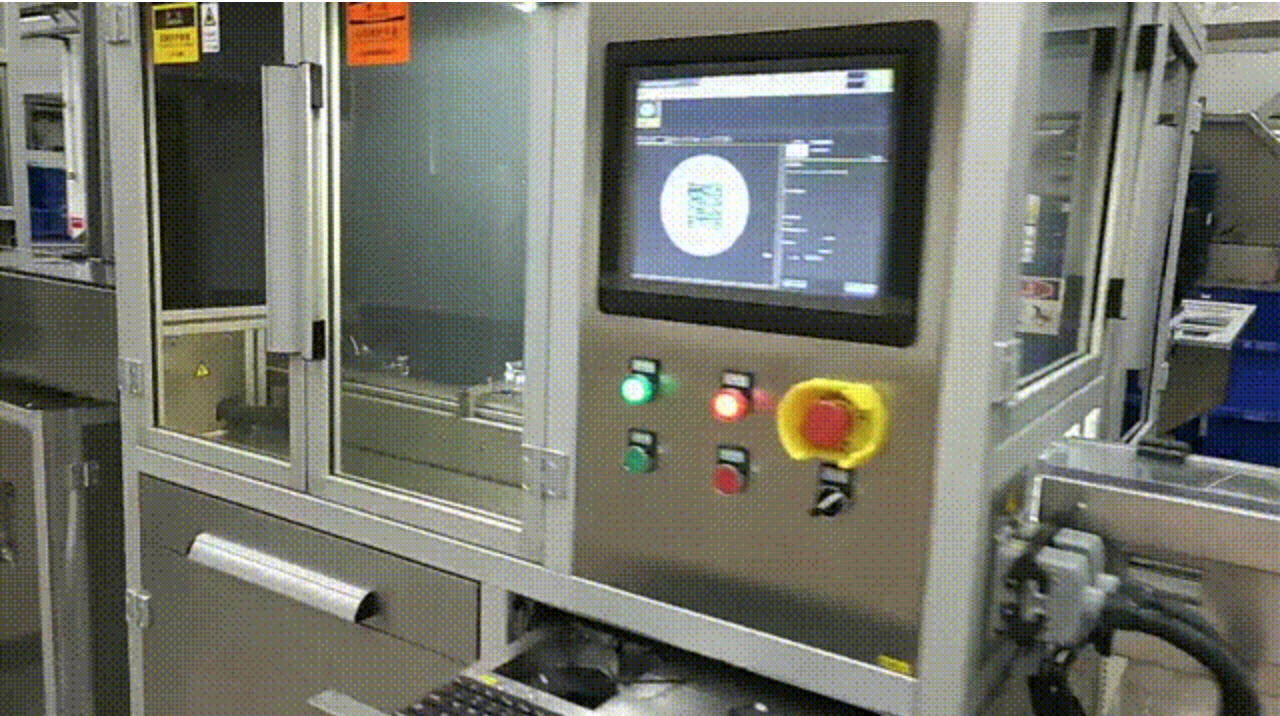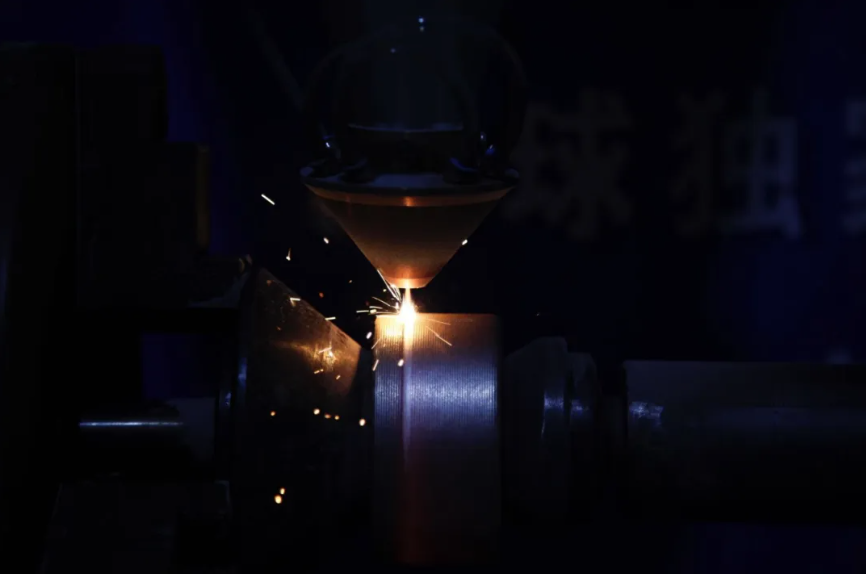How to reduce rework rate? Laser coding + visual inspection gives you the answer
Production not only pursues efficiency but also pays attention to quality.
The openness and strong practical application capabilities of MRJ-laser laser equipment enable it, when paired with a high-precision galvanometer, to achieve a high efficiency of coding tens of thousands of products per hour. However, efficient coding alone is far from enough. , In sync with production efficiency, detection, and rejection efficiency must also be improved.
In the application of laser inkjet printing, how do we achieve high efficiency, high quality, and low rework to "have the best of both worlds"? This is inseparable from the laser inkjet coding-detection system designed by MRJ-laser for users.
The codes assigned to products in various industries are not just simple production dates but also include one-dimensional codes, two-dimensional codes, encryption masks, etc. They can be divided into internal codes and external codes according to different application functions. In the face of thousands of laser marks in a single hour, manual recognition by the naked eye is absolutely not enough. Only a high-recognition rate visual rejection system is a production inspection artifact.
The vision system uses a CCD high-pixel camera and is equipped with a high-performance CPU, which provides a powerful configuration with powerful computing performance. It can control the light source switch and brightness. It uses an Intel Gigabit network port to support high-speed and stable image transmission.
MRJ-laser vision system can automatically realize automatic The recognition function replaces manual detection of barcode characters, cracks, packaging, surface layer integrity, dents, etc.
For example, in the cap-making industry, it can not only quickly spray code on the inside and outside of bottle caps, but also connect to MRJ-laser self-developed vision system to detect QR code recognition, efficiently and accurately eliminate defective products, and reduce rework rates and waste yield rate.
In addition, the economical cap sorting machine developed by MRJ-laser also solves the worries of front-end production for enterprises. It no longer requires manual placement of bottle caps. It can transport inkjet printing across the entire line and cooperate with the visual system to achieve "automatic sorting, rapid inkjet printing, and automatic inkjet printing." The three major processes of "removal" are integrated, which greatly improves the efficiency of coding and traceability.
If you are worried about the recognition of visual inspection, you might as well refer to the different effects produced on heat shrink films, aluminum cans, color block packaging bags, cartons, and other materials in the printing processing of food and beverages.
Even for low-contrast logo effects, the camera can ensure that there are no gaps or duplications.
Laser coding-visual inspection system is widely used in many industries such as 3C electronics, hardware, chips, pharmaceuticals, medical equipment, beverages, and food;
More professional laser inkjet coding application solutions for industries are available at MRJ-laser, which provides users with front-end, middle-end, and back-end inkjet coding traceability services, and brings higher economic benefits to enterprises.




Comments
Post a Comment